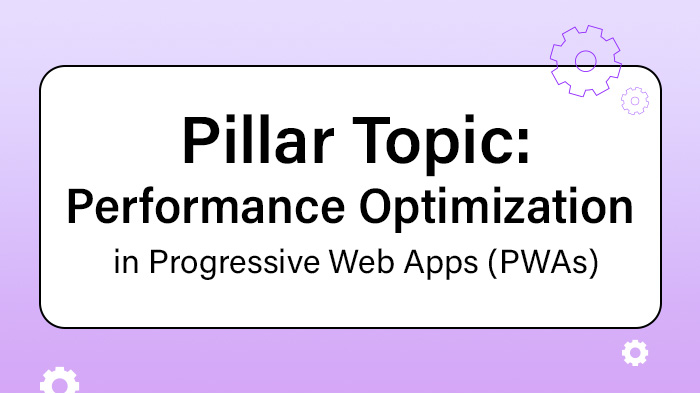In the realm of Progressive Web Apps (PWAs), performance optimization holds a central position, akin to a guiding light illuminating the path towards enhanced user experience and efficiency. This article delves into various dimensions of performance optimization in PWAs, encompassing caching strategies, resource loading techniques, monitoring and debugging tools, network request optimization approaches, as well as performance testing and benchmarking methodologies. By exploring these facets comprehensively, this work aims to equip developers with valuable insights for optimizing the performance of PWAs. Key Takeaways Caching strategies such as using the Cache Storage API and cache invalidation are important for optimizing the performance of PWAs. Resource loading techniques like lazy loading, code splitting, and preloading strategies can help improve initial page load times and reduce payload size in PWAs. Performance monitoring and debugging tools like performance profiling, browser devtools, and performance audits are essential for identifying and resolving performance issues in PWAs. Network request optimization techniques such as minimizing round trips, compression techniques, data streaming, and HTTP/2


